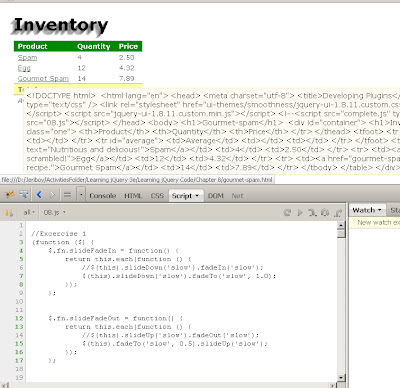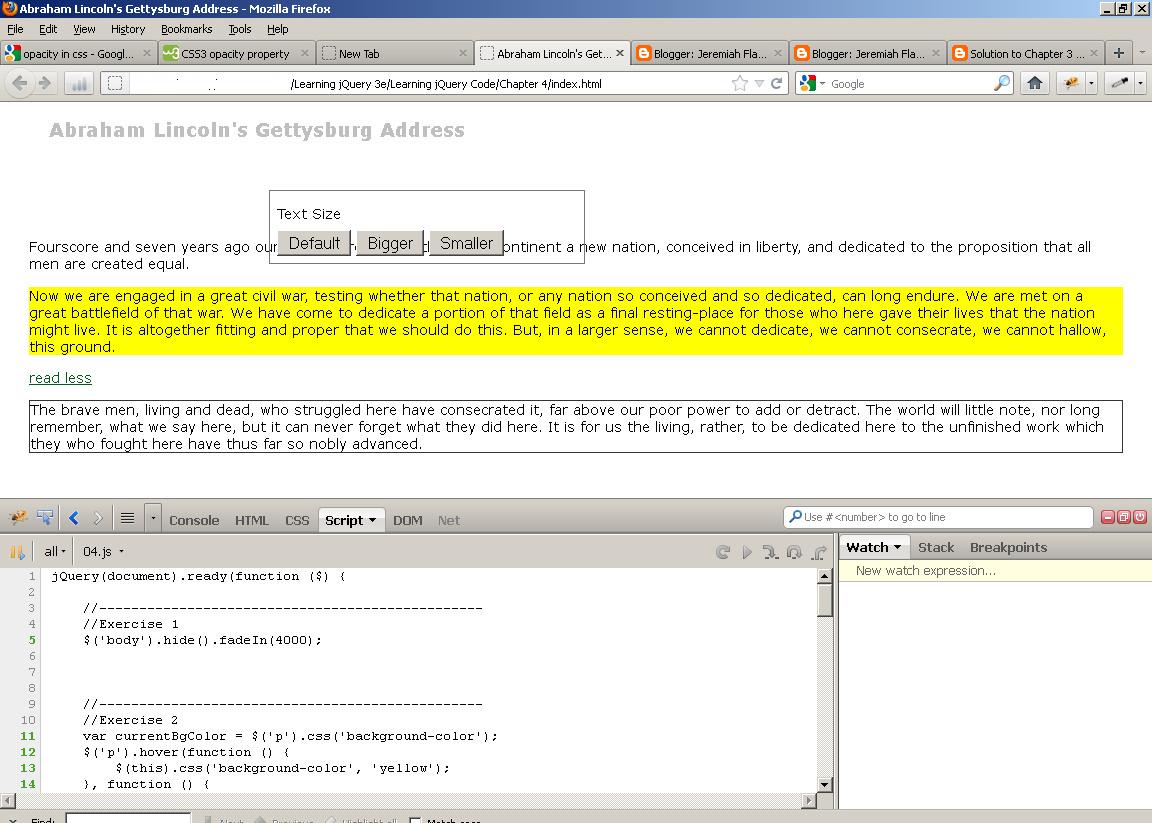I published it on GitHub.
There are functionalities that are not yet implemented in this project:
1. Updating the list of Degrees
2. Updating the list of Subjects
3. Updating the list of Semesters, Periods and Levels
4. Roles and permissions - for now, anybody can register, login and update student records.
(also, Unit Testing is not yet completed)
I have to set aside this project for a while because there are other things I need to study.
If you are interested, you can view/download/fork it from here: https://github.com/jboyflaga/StudInfoSys.AspNetMvc4.git
















